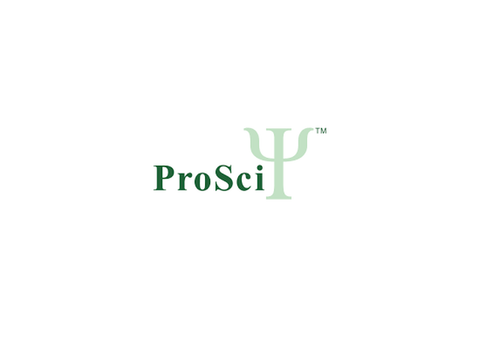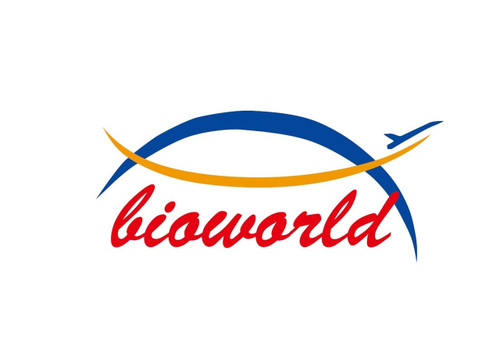Product Description
KCND3 Antibody | 57-570 | ProSci
Host: Rabbit
Reactivity: Human
Homology: Predicted species reactivity based on immunogen sequence: Mouse, Rat
Immunogen: This KCND3 antibody is generated from rabbits immunized with a KLH conjugated synthetic peptide between 13-41 amino acids from the N-terminal region of human KCND3.
Research Area: Neuroscience
Tested Application: WB
Application: For WB starting dilution is: 1:1000
Specificiy: N/A
Positive Control 1: N/A
Positive Control 2: N/A
Positive Control 3: N/A
Positive Control 4: N/A
Positive Control 5: N/A
Positive Control 6: N/A
Molecular Weight: 73 kDa
Validation: N/A
Isoform: N/A
Purification: This antibody is purified through a protein A column, followed by peptide affinity purification.
Clonality: Polyclonal
Clone: N/A
Isotype: Rabbit Ig
Conjugate: Unconjugated
Physical State: Liquid
Buffer: Supplied in PBS with 0.09% (W/V) sodium azide.
Concentration: batch dependent
Storage Condition: Store at 4˚C for three months and -20˚C, stable for up to one year. As with all antibodies care should be taken to avoid repeated freeze thaw cycles. Antibodies should not be exposed to prolonged high temperatures.
Alternate Name: Potassium voltage-gated channel subfamily D member 3, Voltage-gated potassium channel subunit Kv43, KCND3
User Note: Optimal dilutions for each application to be determined by the researcher.
BACKGROUND: Voltage-gated potassium (Kv) channels represent the most complex class of voltage-gated ion channels from both functional and structural standpoints. Their diverse functions include regulating neurotransmitter release, heart rate, insulin secretion, neuronal excitability, epithelial electrolyte transport, smooth muscle contraction, and cell volume. Four sequence-related potassium channel genes - shaker, shaw, shab, and shal - have been identified in Drosophila, and each has been shown to have human homolog (s) . This gene encodes a member of the potassium channel, voltage-gated, shal-related subfamily, members of which form voltage-activated A-type potassium ion channels and are prominent in the repolarization phase of the action potential. This member includes two isoforms with different sizes, which are encoded by alternatively spliced transcript variants of this gene. [provided by RefSeq].
 Euro
Euro
 USD
USD
 British Pound
British Pound
 NULL
NULL








![POMC Antibody [57] POMC Antibody [57]](https://cdn11.bigcommerce.com/s-452hpg8iuh/images/stencil/500x659/products/575401/812059/porsci_lo__79508.1648973713__48563.1649091914.png?c=2)





